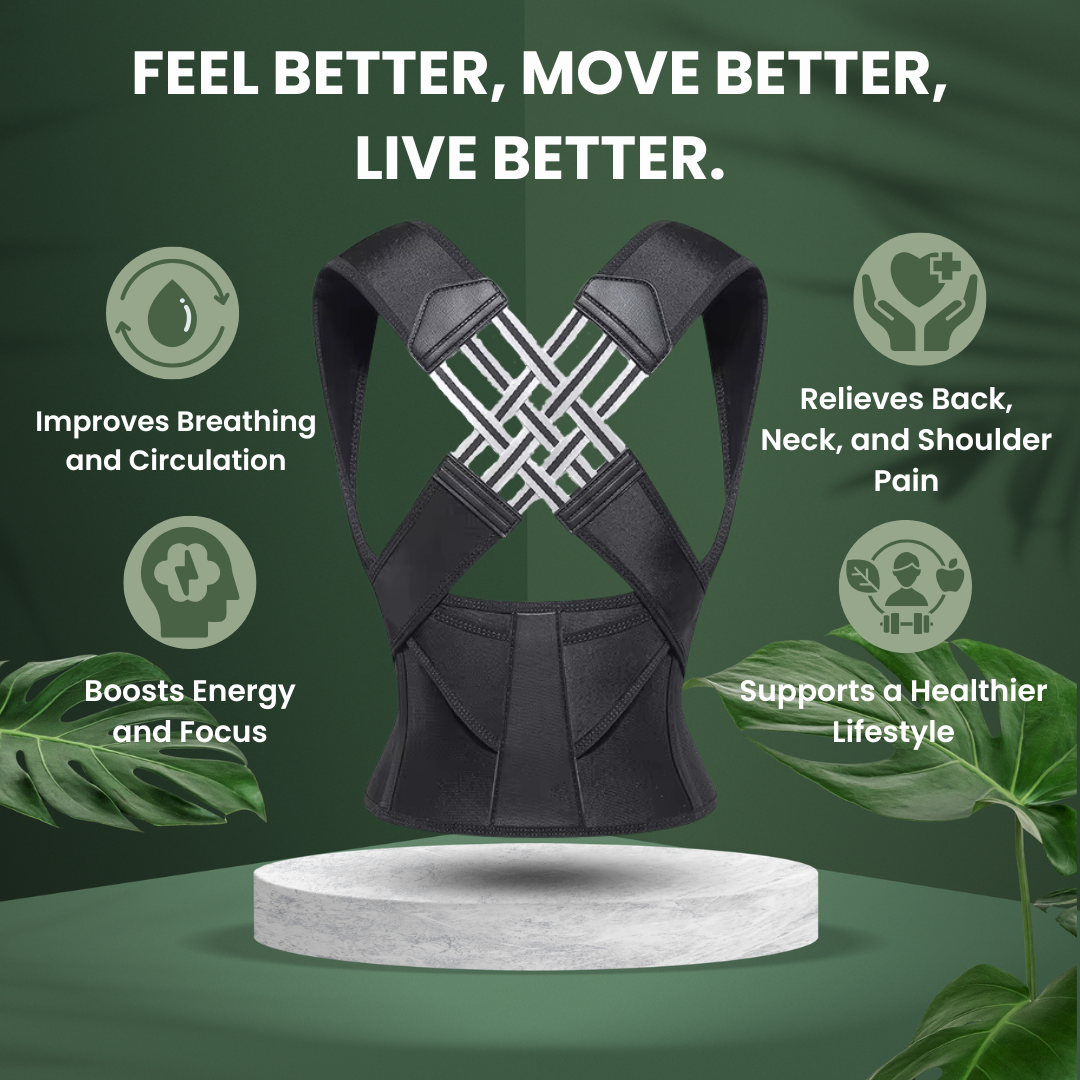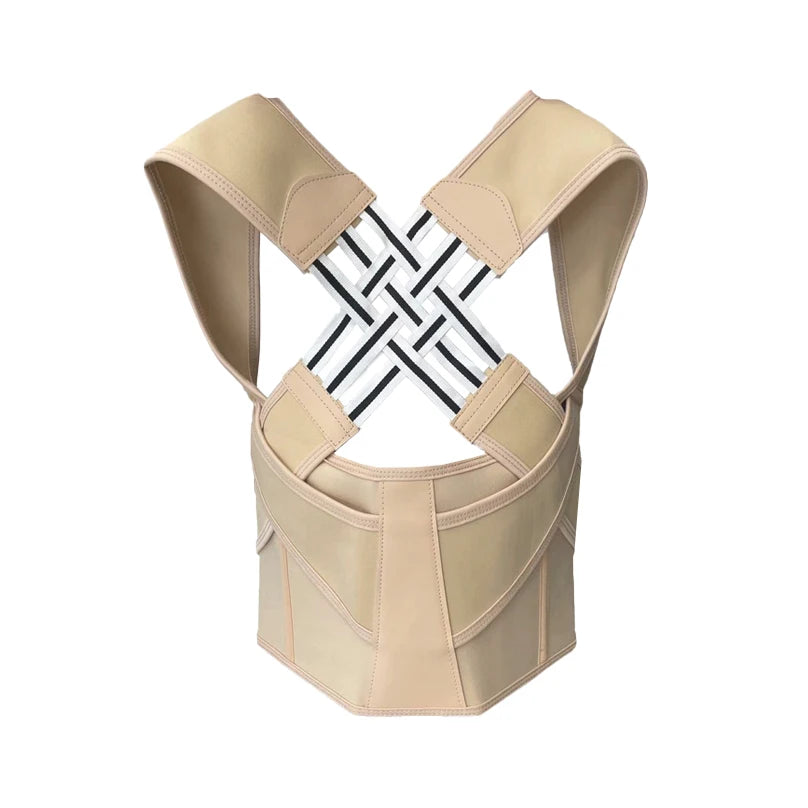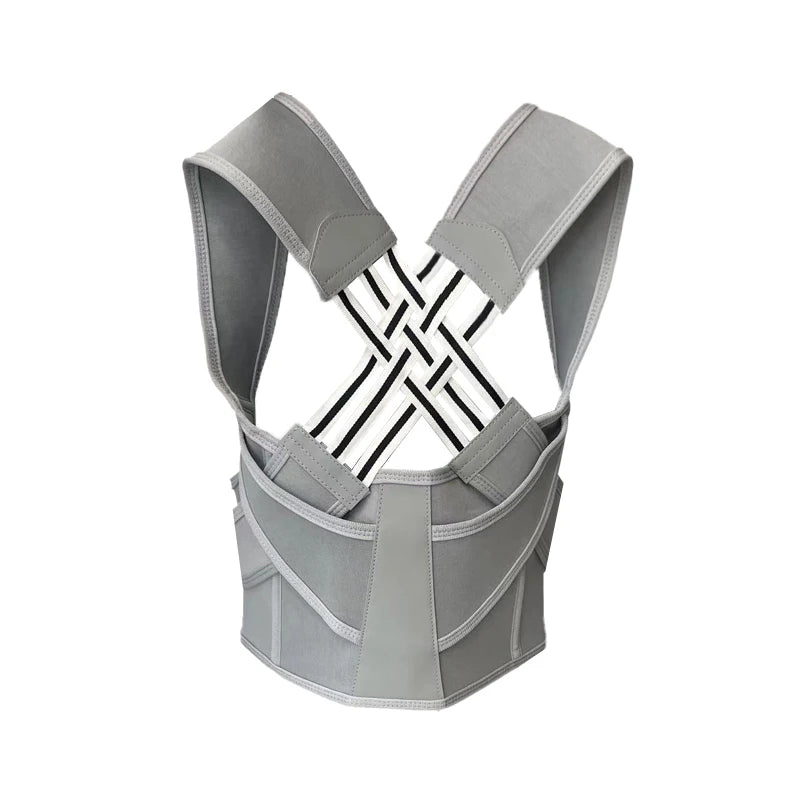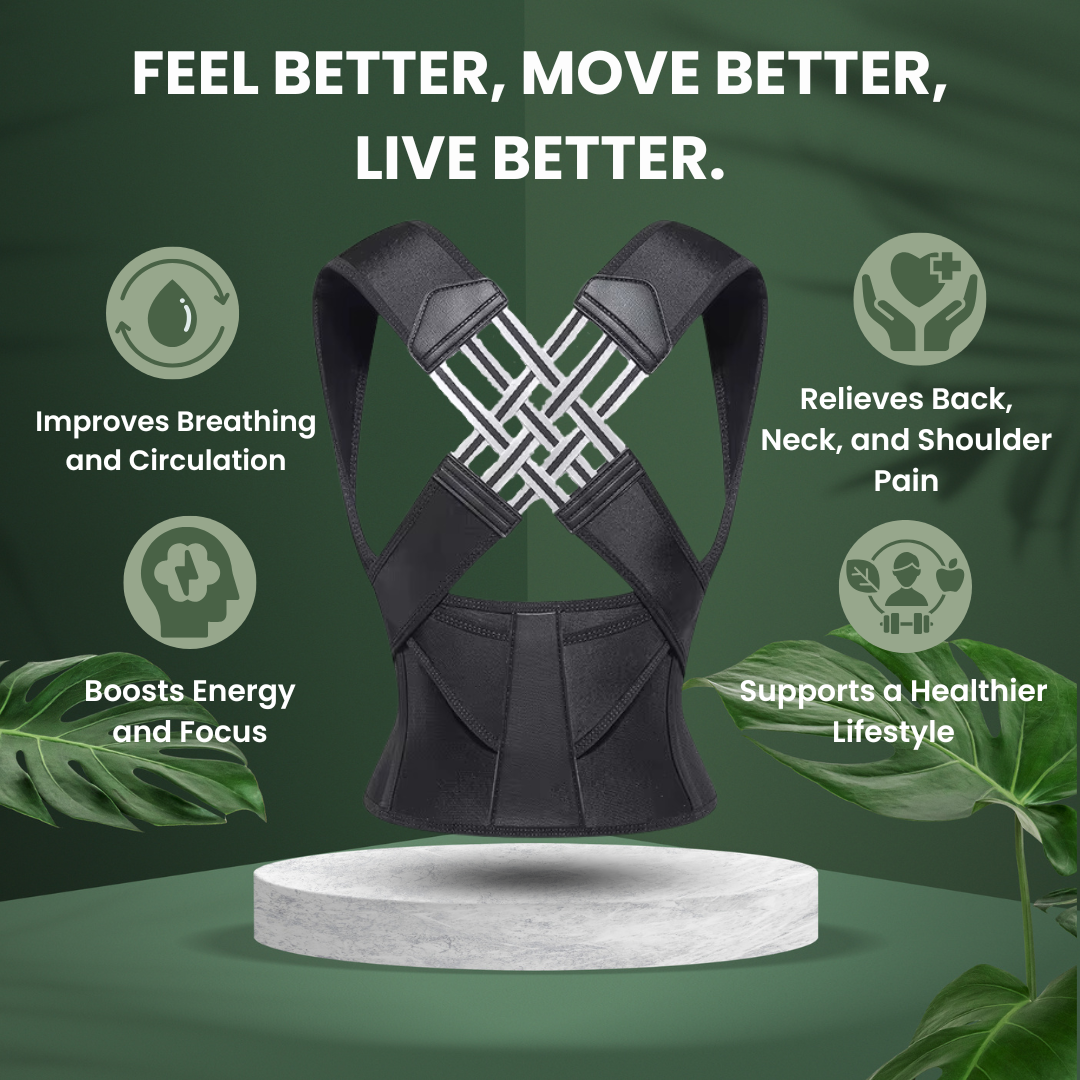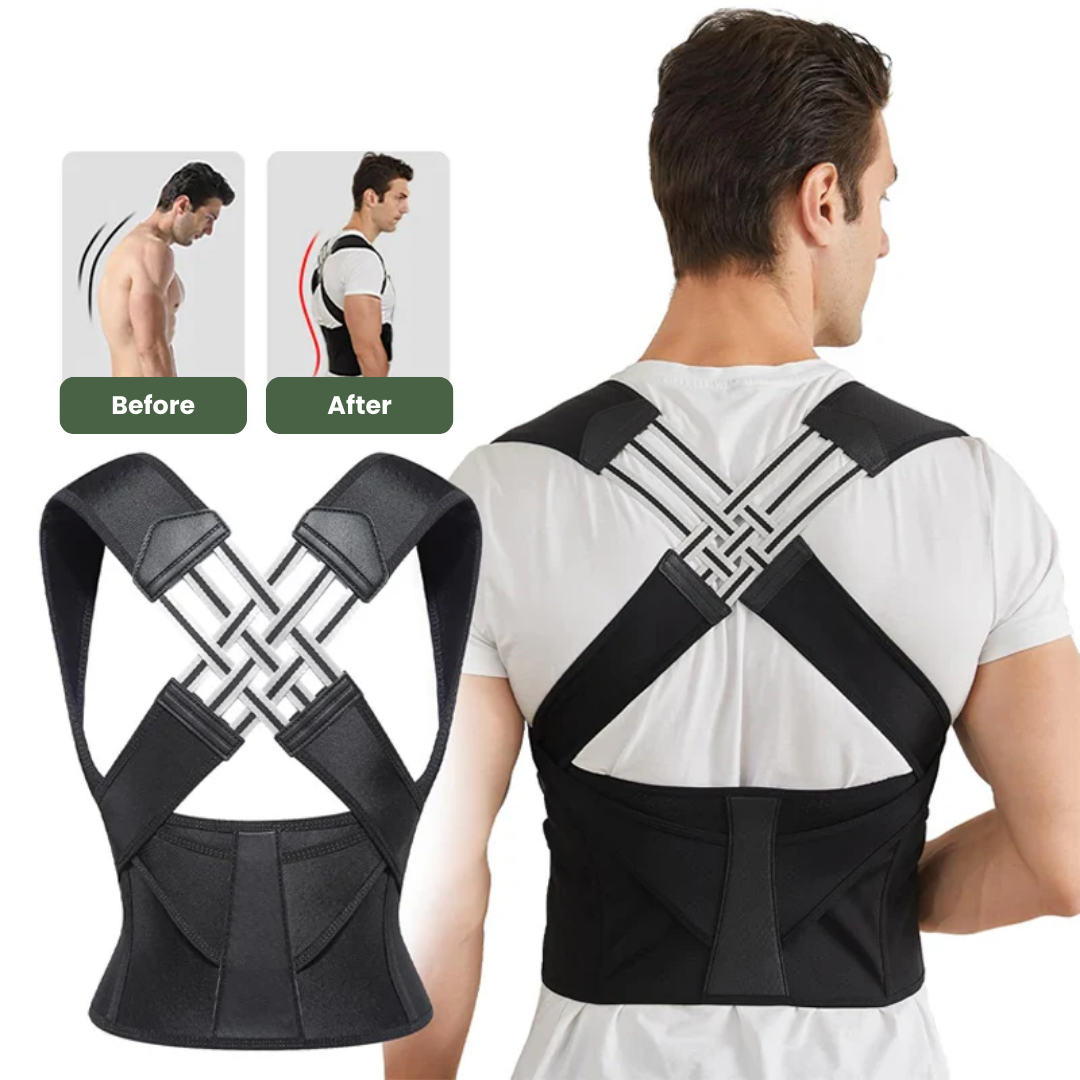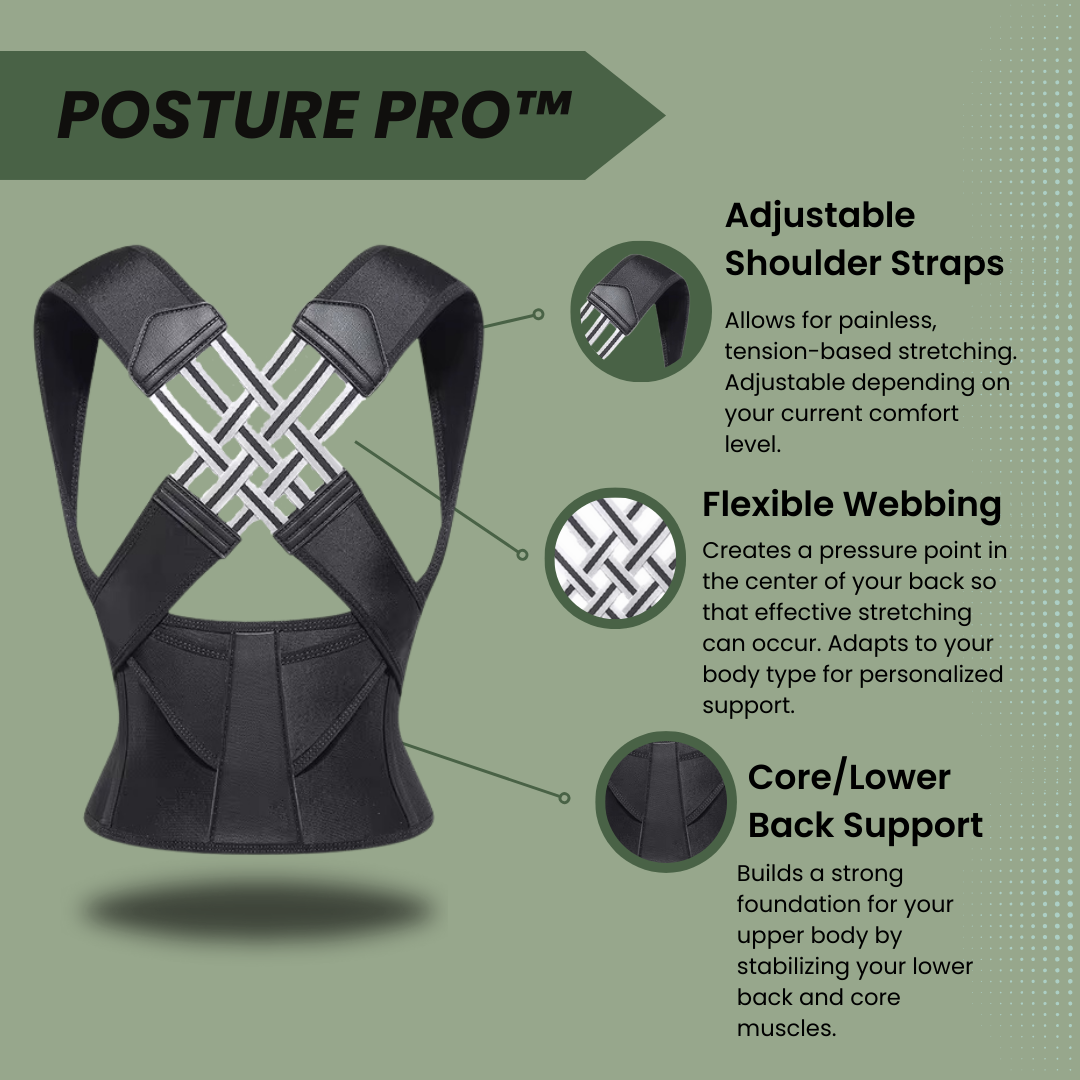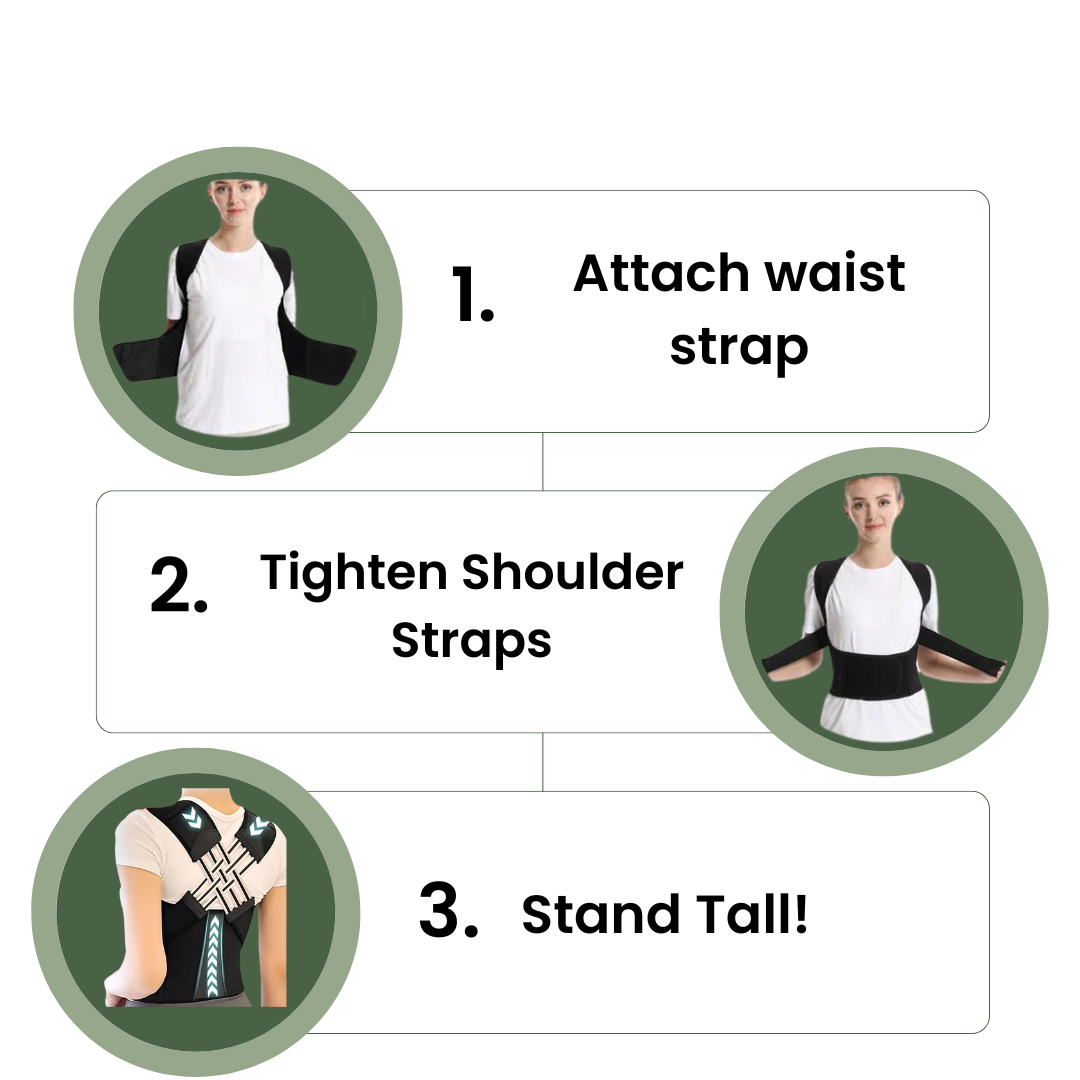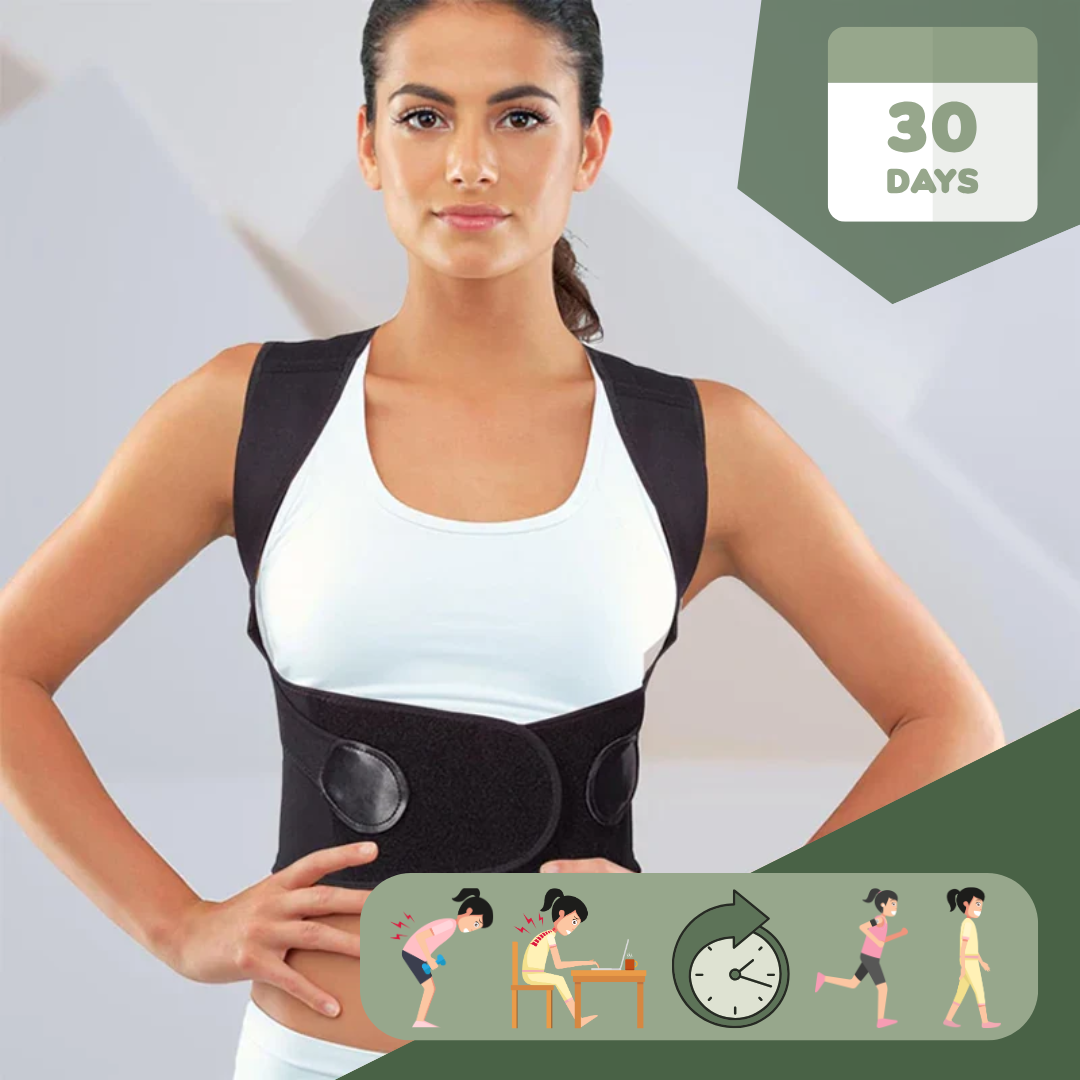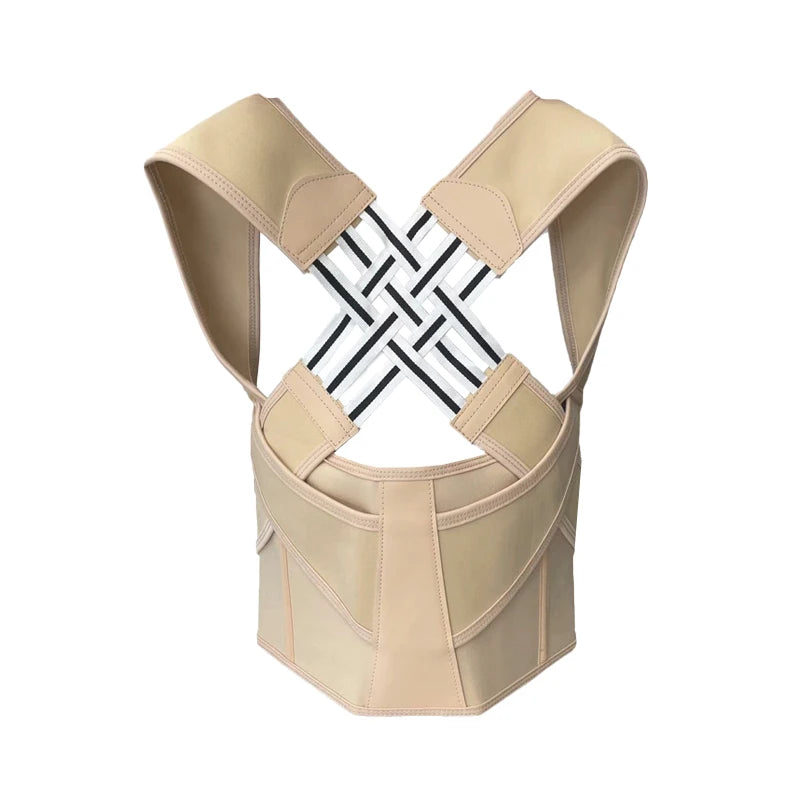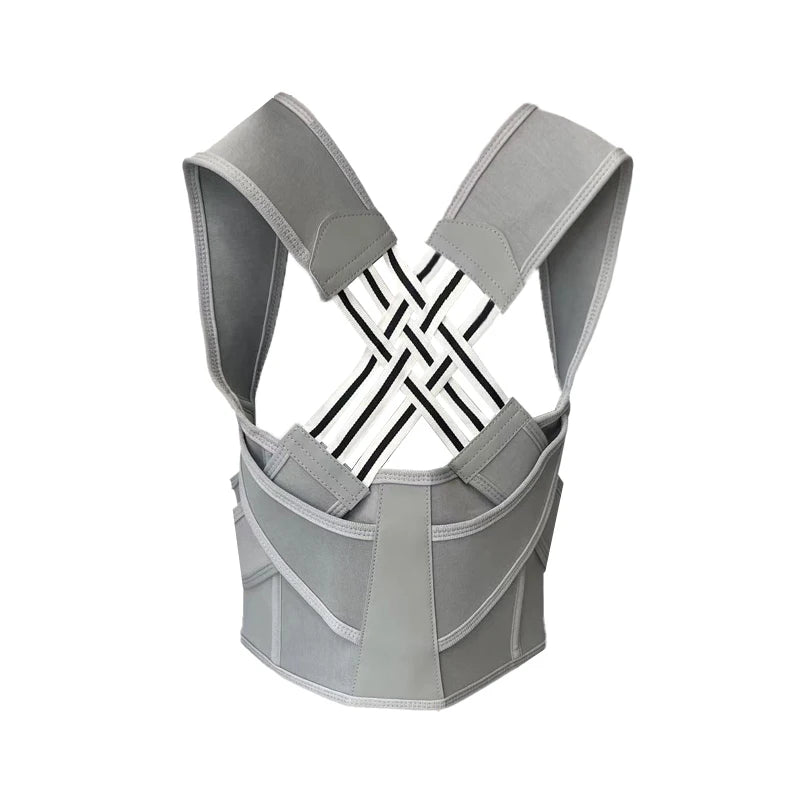Many people struggle with lifting weights overhead. Shoulder mobility plays a key role here. This article will guide you through shoulder mobility exercises for overhead lifts. Get ready to lift better!
Key Takeaways
- Shoulder overhead mobility is essential for exercises like the overhead press, snatch, and pull-up. It helps improve performance and reduce injury risks by ensuring free and efficient movement of the shoulder joint.
- Assessing shoulder mobility involves techniques such as range of motion tests, functional movement screens, and checking scapular mechanics. Regular assessment can guide targeted improvement strategies.
- Exercises for enhancing shoulder mobility include foam rolling, resistance band stretches, PNF stretching, active mobilization drills like wall angels and band pull-aparts, plus active stabilization exercises to build strength around the shoulders.
- Addressing limiting factors such as tight muscles around the shoulder or poor lumbopelvic control is important. Techniques for first rib correction and strengthening lumbopelvic stability contribute to better overhead lift performance.
- Consistent practice of mobilization techniques alongside stabilization exercises leads to significant improvements in flexibility and overall athletic performance in activities requiring strong shoulders.
Understanding Shoulder Overhead Mobility
Shoulder overhead mobility refers to the ability of your shoulders to move freely during overhead movements. This flexibility plays a crucial role in exercises like the overhead press and can significantly impact your overall performance.
Definition of shoulder overhead mobility
Shoulder overhead mobility refers to the ability of the shoulder joint to move freely and efficiently while lifting weights overhead. This mobility is crucial for exercises like the overhead press, snatch, and pull-up.
It protects and strengthens critical joints involved in these movements. Poor shoulder mobility can limit performance and increase injury risks, especially in athletes engaged in demanding activities such as CrossFit.
Improving this type of mobility involves various exercises aimed at both flexibility and stability. A comprehensive approach includes dynamic shoulder stability exercises, mobilization drills, and stretches specifically designed for overhead movements.
By focusing on these areas, individuals can enhance their "stacked" position during lifts like the overhead squat, leading to better performance and reduced likelihood of injury.
Importance of shoulder overhead mobility
Shoulder overhead mobility plays a crucial role in strength training and athletic performance. It significantly affects exercises like the shoulder press, push press, snatch, and pull-up.
Improving this mobility helps athletes maintain a solid "stacked" position during an overhead squat. This position enhances stability while lifting weights above the head.
Athletes who engage in overhead movements face increased demands on their shoulder stability. To prevent injuries, they need effective strategies to strengthen their shoulders. Various exercises target shoulder stabilization and improve overall flexibility.
In competitive environments like CrossFit, strong shoulder mobility is essential for success and safety during demanding workouts.
Factors that can limit shoulder overhead mobility
Several factors can limit shoulder overhead mobility. Tight muscles around the shoulder and upper back can restrict movement. Poor lumbopelvic control affects stability during lifts, adding difficulty to exercises like the overhead squat.
Shoulder instability or previous dislocations may further hinder range of motion. These issues often arise in athletes who perform demanding shoulder movements, such as those seen in CrossFit workouts.
Additionally, limited flexibility and strength in surrounding muscles weaken overall performance and increase injury risk.
Inadequate mobility contributes to a compromised stacked position during overhead lifts. This situation leads to a higher chance of injury when performing exercises requiring extensive shoulder use, like the snatch or push press.
Evaluating these limiting factors is essential for developing effective shoulder mobility drills and enhancing athletic performance while preventing injuries.
Assessing and Improving Shoulder Overhead Mobility
To assess shoulder overhead mobility, use proper techniques that measure range and function. Next, incorporate a variety of exercises to enhance flexibility and strength in the shoulders.
Proper assessment techniques
Assessing shoulder overhead mobility is crucial for developing effective training programs. Proper techniques help identify limitations and guide improvement strategies.
- Perform the shoulder mobility assessment using a range of motion test. This measures how far the shoulder can move in different directions. Compare the results to standard ranges for healthy individuals.
- Utilize functional movement screens to assess overall shoulder stability. These screens evaluate how well you perform everyday movements, like reaching or lifting objects overhead.
- Examine the first rib's position during assessments. A misaligned first rib can limit mobility significantly and may require correction exercises.
- Assess lumbopelvic control through specific tests like active straight leg raises. Poor lumbopelvic control can affect shoulder movement and stability demands during exercises such as the overhead squat.
- Include scapular motion assessments to check for proper scapular mechanics. The scapula plays an essential role in overall shoulder function during movements like push presses and snatches.
- Observe athlete performance while conducting drills that involve overhead movements, like Olympic lifts or pull-ups. Watch for any signs of discomfort or compensation patterns that reveal mobility issues.
- Take videos of athletes performing dynamic movements to review their technique later. This visual feedback allows for a more accurate analysis of their shoulder mechanics compared to in-the-moment observations alone.
- Keep detailed records of each assessment session, noting restrictions and progress over time. Regular tracking highlights improvements with specific exercises, helping refine future training plans.
- Consult with physical therapists when assessing painful conditions affecting overhead mobility, which often requires specialized knowledge about injuries like dislocations or instability issues.
- Employ both subjective questionnaires and objective measurements during assessments for a comprehensive overview of an athlete's shoulder health and its impact on performance capabilities in upper body lifts.
Mobilization exercises for soft tissue
Mobilization exercises for soft tissue play a crucial role in improving shoulder overhead mobility. These exercises enhance flexibility and stability, vital for overhead lifts.
- Foam rolling helps release tension in the muscles around the shoulder. Focus on areas like the upper back, lats, and chest to improve range of motion.
- Massage balls can target trigger points effectively. Use them on tight spots to break up knots that limit movement.
- Sports massage increases blood flow to the shoulder area. Regular sessions promote recovery and improve muscle function.
- Resistance band stretches enhance mobility while providing gentle resistance. Move through various angles to increase shoulder flexibility exercises.
- PNF stretching involves both stretching and contracting muscles. This method efficiently boosts your range of motion and improves control during overhead movements.
- Soft tissue mobilization techniques can be paired with active stabilization exercises for better results. Combine these methods to strengthen the shoulder's support system.
- Self-myofascial release technique promotes relaxation in overactive muscles around the shoulders. This practice aids in preparing the body for overhead mobility drills.
- Progressively increasing intensity during these mobilization exercises enhances adaptability and strength in preparation for demanding lifts like the snatch or pull-up.
- Include dynamic warmups that incorporate shoulder mobility stretches before any workout session involving overhead lifts or athletic movements.
- Consistent practice of these mobilization techniques leads to improved performance in athletes who require strong and stable shoulders for their sports activities.
Stretches for increased flexibility
Stretches enhance flexibility and boost shoulder mobility. They play a crucial role in achieving optimal performance in overhead lifts.
- Cross-body shoulder stretch: Bring one arm across your body and hold it with the opposite arm. This stretch opens up the shoulder area and improves range of motion for overhead movements.
- Doorway stretch: Stand in a doorway with your arms at a 90-degree angle on each side. Lean forward gently until you feel a stretch across your chest and shoulders. This exercise promotes flexibility, which is vital for exercises like the shoulder press.
- Sleeper stretch: Lie on your side with the bottom arm extended at a 90-degree angle. Use your top hand to gently push down on the wrist of the bottom arm. This method focuses on improving internal rotation, essential for stability during overhead lifts.
- Shoulder flexor stretch: Stand with your arms raised above your head and clasp your hands together. Lean to one side, holding for 15-30 seconds before switching sides. This helps lengthen muscles involved in overhead shoulder mobility drills.
- Latissimus dorsi stretch: Find a sturdy surface to grip with both hands while bending slightly at the waist. Lean back to feel the stretch throughout your lats and shoulders. Strong lats are crucial for shoulder stability during movements like pull-ups or snatches.
- Wall slides: Stand against a wall with your arms bent at 90 degrees, touching the wall’s surface. Slide them upwards while keeping contact with the wall to enhance flexibility in shoulder movements.
- Towel or band stretches: Hold a towel or resistance band behind your back with both hands, pulling internally and externally as needed. These stretches improve overall shoulder mobility by addressing tightness around critical joints.
- Child's pose variation: Kneel on the floor, sit back onto your heels, and extend your arms forward while resting your forehead downwards on the ground. This position stretches out the shoulders effectively while promoting relaxation.
- Scapular wall slides: Stand facing a wall, pushing against it with both hands as you slide them up and down while keeping elbows straight. This movement engages scapular mobility exercises key to supporting overhead lifts.
- Pectoral stretch on a foam roller: Lie back on a foam roller positioned vertically along your spine, letting arms fall out to each side at about 90 degrees from the body’s center line to open up pectoral muscles effectively.
Active mobilization exercises
Active mobilization exercises enhance shoulder mobility effectively. These movements support overhead lifts like the shoulder press and snatch.
- Band Pull-Aparts: Use a resistance band to pull apart with both hands at shoulder height. This exercise activates your upper back and increases shoulder stability.
- Wall Angels: Stand against a wall with feet slightly away from it. Slide your arms up and down, keeping them in contact with the wall. This helps improve scapular movement and overhead flexibility.
- Shoulder Dislocates: Hold a PVC pipe or broomstick with both hands wider than shoulder-width apart. Slowly raise it over your head and behind your back before returning to the start position. This stretch enhances shoulder joint range of motion.
- Dynamic Chest Opener: Stand tall and clasp your hands behind your back. Pull your shoulders back while raising your arms upward, opening up the chest area. This mobilization drills support proper posture for overhead lifts.
- Overhead Reach: Stand or kneel and raise one arm straight up while reaching the opposite side with the other arm. Shift your body to create a stretch along the sides of the torso, improving overall flexibility.
- Scapular Push-Ups: Begin in a plank position but focus on pushing through your shoulders without bending your elbows. This strengthens stabilizing muscles around the shoulder joint.
- Thread-the-Needle Stretch: Get on all fours, extend one arm forward, then thread it under your body and rest that shoulder on the ground while rotating your torso toward that arm for added stretch benefits.
- Active Internal Rotation: Use a resistance band anchored at elbow height to perform internal rotations by pulling against it while keeping your elbow close to the body for strengthening purposes in that motion pattern.
- Prone Y Raise: Lie face down on an incline bench while holding light weights or no weight at all (arms extended). Lift both arms into a "Y" shape for better scapular control and improved mobility during lifts.
- Medicine Ball Slams: Engage in explosive overhead slams using a medicine ball, focusing on controlling descent as you return to starting position; this actively engages multiple muscle groups including shoulders, core, and legs effectively while promoting functional strength.
Implementing these active mobilization exercises will significantly improve overhead shoulder mobility for athletes engaging in demanding movements like those found in CrossFit workouts or lifting routines.
Active stabilization exercises
Active stabilization exercises play a crucial role in enhancing shoulder mobility. These exercises develop strength and control around the shoulder joint, which helps prevent injuries.
- Engage in dynamic shoulder stability exercises to build strength. These exercises challenge your ability to maintain balance while moving your arms. Incorporating them into your routine fosters better support for your shoulder joints.
- Perform resistance band external rotations to target the rotator cuff. Attach a band at waist height and pull it outward against resistance. This movement strengthens the muscles that stabilize the shoulder during overhead lifts.
- Utilize wall slides for improved scapular control. Stand against a wall with your arms bent at 90 degrees and slide them up and down. This exercise enhances coordination between the shoulder blades, essential for movements like the snatch.
- Practice plank variations with arm movements for core integration. Hold a plank position while raising one arm forward or to the side alternately. This challenge improves both core stability and shoulder strength.
- Incorporate overhead carries using weights or kettlebells into your training regimen. Walk while holding weights above your head, focusing on keeping your shoulders stable and engaged throughout the movement.
- Execute serratus anterior punches lying on your back with light weights as part of warmup exercises before major lifts. This targets key stabilizing muscles that improve shoulder function in activities like push presses.
- Integrate protraction-retraction movements with resistance bands to enhance scapular mobility through controlled movements in all directions, essential for maintaining proper form during overhead lifts.
- Use single-arm dumbbell rows to work on stability while engaging your core effectively during upper body prehab routines aimed specifically at preventing injuries related to overhead motions.
- Add rotational medicine ball throws into practice sessions so athletes can mimic explosive actions effectively replicating skills necessary for sports involving significant overhead use, thus maximizing performance potential.
- Involve isometric holds such as planks or side planks targeting upper body muscle groups during recovery phases after rigorous workouts or competitions ensures reinforcement of solid foundation aiding in future physical therapy endeavors when needed.
Addressing Limiting Factors
Addressing limiting factors is crucial for improving shoulder mobility. Focus on assessing the first rib and ensuring proper lumbopelvic control to enhance your overhead lift performance.
First rib assessment and correction
The first rib plays a crucial role in shoulder mobility. A proper assessment of the first rib can reveal restrictions affecting overhead movements. Limited motion here may hinder overall shoulder function, impacting exercises like the shoulder press and snatch.
Techniques such as manual therapy can correct misalignments of the first rib.
Correcting any issues with the first rib often leads to improved overhead shoulder flexibility exercises. This correction supports better posture and enhances upper body mobility exercises.
Athletes focusing on dynamic stability will experience benefits from addressing this area too, improving performance while reducing injury risk during overhead lifts.
Lumbopelvic control
Lumbopelvic control plays a vital role in shoulder mobility. Strong lumbopelvic stability supports the transfer of force during overhead lifts. Exercises that focus on this area help protect and strengthen key joints.
Overhead athletes must include shoulder mobility exercises for stabilizing their shoulders and improving performance.
Enhancing lumbopelvic control can lead to better positioning during movements like the overhead squat. This improved position allows for a strong stacked posture, which is crucial when lifting weights overhead.
Incorporating effective strategies such as dynamic shoulder stability exercises will help prevent injuries while maximizing strength potential.
Conclusion
Improving shoulder mobility is crucial for anyone engaged in overhead lifts. It supports better performance and reduces injury risk. Follow this guide to integrate effective exercises into your routine.
Prioritize both flexibility and stability for optimal results. Embrace these practices to enhance your overhead strength today!
FAQs
1. How can these exercises help in preventing shoulder injuries?
These exercises focus on building strength and enhancing flexibility in the shoulders. They are aimed at injury prevention by promoting healthy movement patterns during overhead lifts.
2. Can these exercises be used as part of a prehab routine?
Absolutely! The shoulder mobility drills outlined in this guide are ideal for upper body prehab, helping you prepare your muscles and joints before engaging in strenuous activities.
3. Are there specific stretches included to enhance overhead shoulder mobility?
Yes, the guide includes specific stretches designed to improve range of motion for overhead movements, making it easier to perform lifts with proper form.
4. Who could benefit from these rotator cuff exercises?
Athletes who regularly engage in overhead movements can significantly benefit from these rotator cuff exercises as they strengthen the small muscles that stabilize the shoulder joint.



